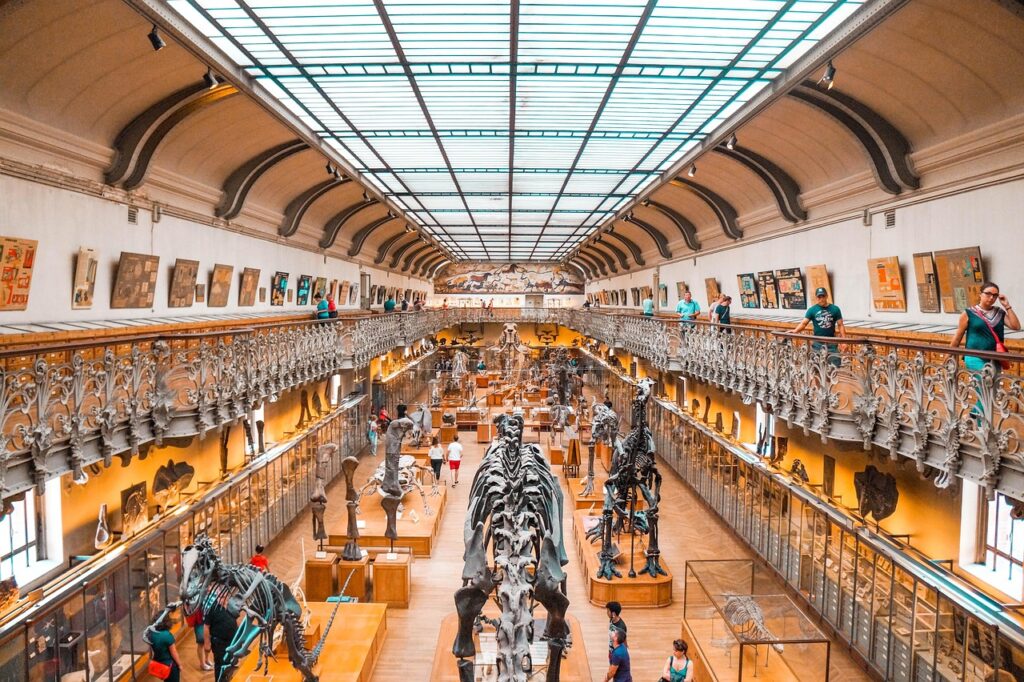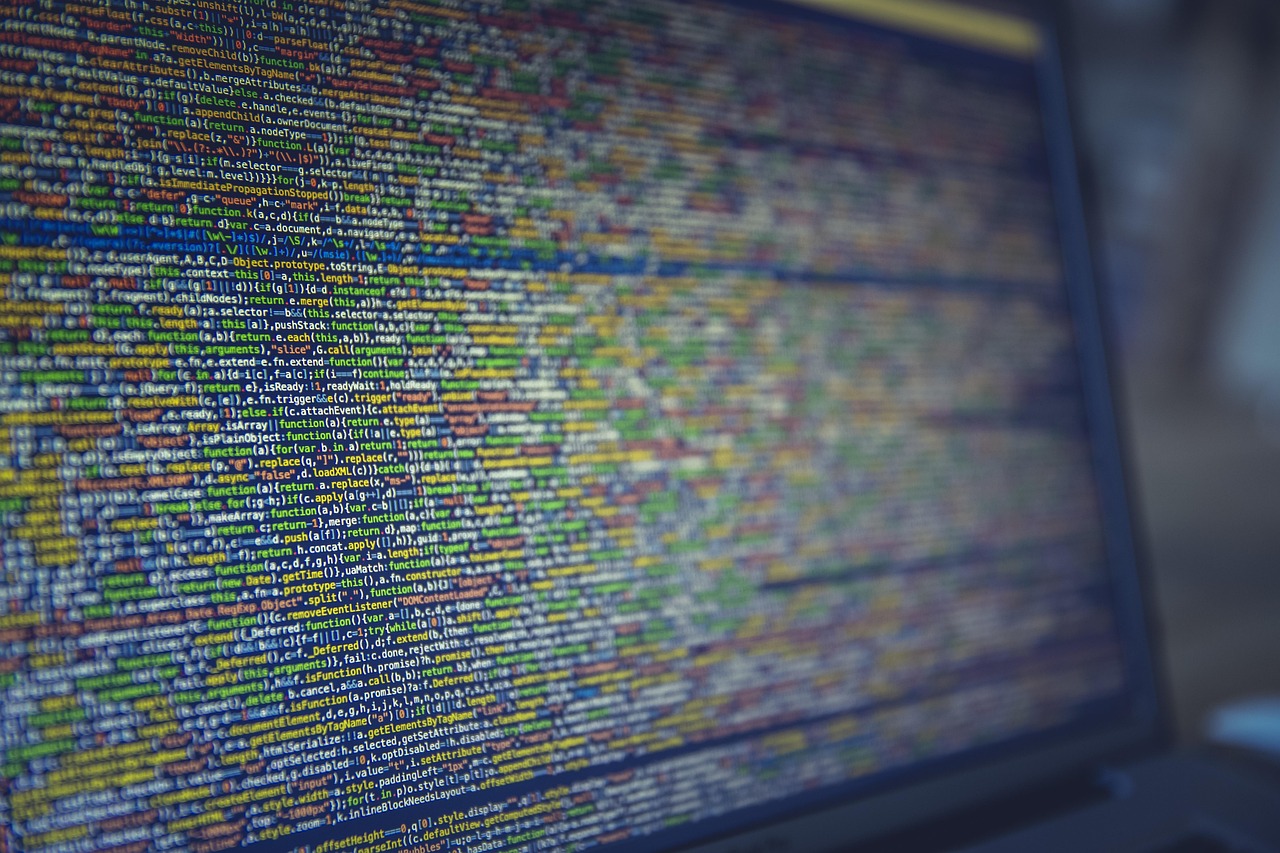Introduction: The Journey of Operating Systems
Operating systems (OS) have come a long way since the days of punch cards and command-line interfaces. From MS-DOS to Windows 11, macOS to Linux, and mobile OS like Android and iOS, each evolution has brought faster, smarter, and more intuitive computing.
But what’s next? With advancements in AI, cloud computing, and quantum technology, the future of operating systems is set to revolutionize how we interact with machines.
1. The Past: A Brief History of Operating Systems
To understand the future, we must first look at the past about evolution of operating systems.
Key Milestones in OS Evolution:
- 1980s: Rise of graphical user interfaces (GUIs) (Windows, Macintosh).
- 1990s-2000s: Multitasking & networking (Windows 95, Linux).
- 2010s: Mobile-first OS (iOS, Android).
- 2020s: AI and cloud-integrated OS (Windows Copilot, macOS Siri).
Each phase introduced faster processing, better security, and improved user experience.
2. The Present: AI & Cloud-Driven Operating Systems
Today’s operating systems are smarter and more connected than ever.
AI-Powered OS Features:
✅ Voice & Gesture Control – Windows 11 and macOS use AI for natural interactions.
✅ Predictive Computing – OS learns user habits to optimize performance.
✅ Cloud-Native OS – ChromeOS and Windows 365 rely on cloud processing.
Example: Microsoft’s Windows Copilot integrates AI to assist with tasks directly from the OS.
3. The Future: What’s Next for Operating Systems?
The next generation of OS will be faster, more adaptive, and invisible.
a) AI-First Operating Systems
Future OS will run entirely on AI, predicting needs before users act.
- Self-Healing OS – Automatically fixes bugs and security flaws.
- Context-Aware Interfaces – Adjusts UI based on user mood, location, and task.
b) Quantum Computing OS
Quantum OS will solve complex problems in seconds, revolutionizing:
- Cryptography – Unbreakable encryption.
- Scientific Research – Instant data modeling.
c) Decentralized & Blockchain-Based OS
- No central authority – More secure and private.
- Web3 Integration – Built-in crypto wallets and dApp support.
d) AR/VR-Focused OS
- Meta’s Horizon OS – Built for virtual worlds.
- Apple Vision Pro OS – Blends real and digital environments.

4. Challenges in Future OS Development
While exciting, future OS face hurdles:
⚠ Security Risks – AI and quantum computing bring new vulnerabilities.
⚠ Privacy Concerns – Hyper-personalization requires more data access.
⚠ Hardware Demands – Next-gen OS may need specialized chips.
Conclusion: The OS of Tomorrow
The evolution of operating systems is far from over. From AI-driven automation to quantum-speed processing, the future OS will be smarter, faster, and more immersive.
What’s next?
🚀 Fully autonomous self-learning OS
🚀 Brain-computer interface (BCI) OS
🚀 Instant-on, cloud-native OS
One thing is clear: The way we interact with computers is about to change forever.
